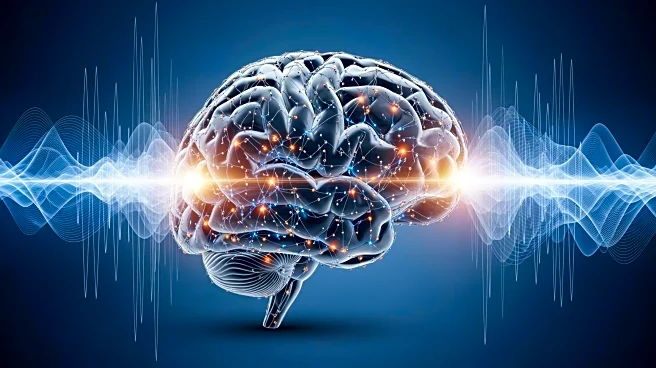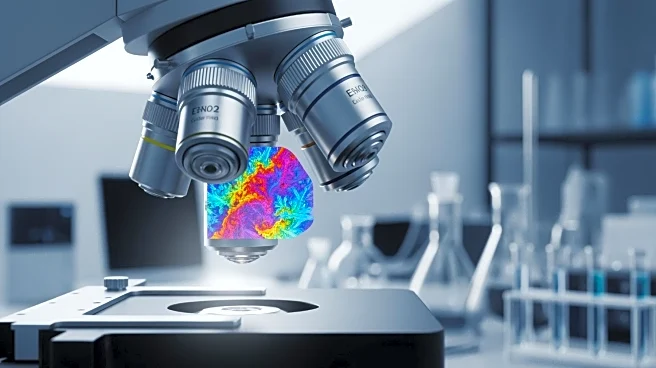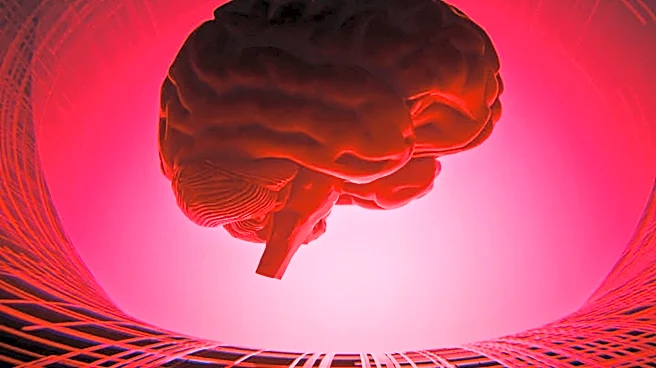What's Happening?
A study published in Nature explores the use of thalamocortical hodology to personalize electrical stimulation for focal epilepsy. Researchers analyzed intracranial electrophysiological data from 41 patients
with focal medically refractory epilepsy (MRE) to determine the effectiveness of targeting specific thalamic subnuclei based on their hodological matching with the seizure onset zone (SOZ). The study found that matched thalamic stimulation significantly reduced interictal epileptiform discharges (IEDs) and improved seizure control in patients with chronic implants.
Why It's Important?
The study's findings highlight the potential of personalized electrical stimulation in improving treatment outcomes for patients with focal epilepsy. By targeting thalamic subnuclei that match the hodology of the SOZ, researchers can enhance the neuromodulatory effect and reduce epileptiform activity. This approach offers a promising alternative for patients who are not candidates for curative resective or ablative interventions. As epilepsy affects millions worldwide, advancements in personalized treatment strategies are crucial for improving patient outcomes and reducing the burden of the disease.
What's Next?
The study's results pave the way for further research into the use of hodology-informed targeting in neuromodulation for epilepsy. Researchers may explore the application of this approach in other forms of epilepsy and refine stimulation patterns to optimize treatment outcomes. As the technology continues to develop, collaborations between academic institutions and medical device companies may accelerate the translation of these findings into clinical practice. The study's insights could inform the design of future clinical trials and contribute to the development of more effective neuromodulation therapies for epilepsy.











